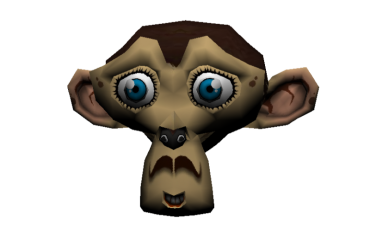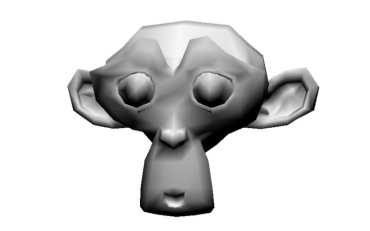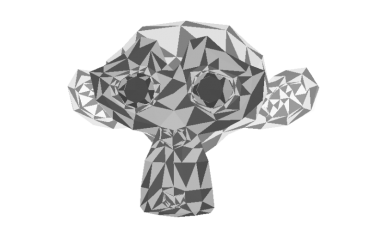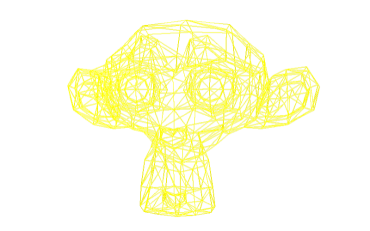Microsoft and Samsung have co-organized the first edition of the Next Game Frontier conference, a technical web event purely dedicated to games made with web standards. The initial idea came after a discussion we had[…]
Tag: 3DEngine
Tutorial part 6: learning how to write a 3D software engine in C#, TS or JS – Texture mapping, back-face culling & WebGL
Here is the final tutorial of this long series. We’re going to see how to apply a texture to a mesh by using mapping coordinates exported from Blender. If you’ve managed to understand the previous[…]
Tutorial part 5: learning how to write a 3D software engine in C#, TS or JS – Flat & Gouraud Shading
We’re now going to discover probably the best part of the series: how to handle lightning! In the previous, we’ve fixed a random color per face to be able to see the mesh. We’re[…]
Tutorial part 4: learning how to write a 3D software engine in C#, TS or JS – Rasterization & Z-Buffering
In the previous tutorial, learning how to write a 3D soft engine in C#, TS or JS – loading meshes exported from Blender, we’ve loaded a JSON file where our meshes were serialized from Blender.[…]
Tutorial part 3: learning how to write a 3D soft engine in C#, TS or JS – loading meshes exported from Blender
In the previous tutorial learning how to write a 3D soft engine from scratch in C#, TS or JS – drawing lines & triangles, we’ve learned how to draw lines & triangles and we[…]
Tutorial part 2: learning how to write a 3D soft engine from scratch in C#, TS or JS – drawing lines & triangles
Now that we have built the core of our 3D engine thanks to the previous tutorial Tutorial series- learning how to write a 3D soft engine from scratch in C#, TypeScript or JavaScript, we[…]
Tutorial series: learning how to write a 3D soft engine from scratch in C#, TypeScript or JavaScript
I’d to like to share with you how I’ve learned to build what’s known as a “3D soft engine” through a series of tutorials. “Software engine” means that we will use only the CPU to[…]



